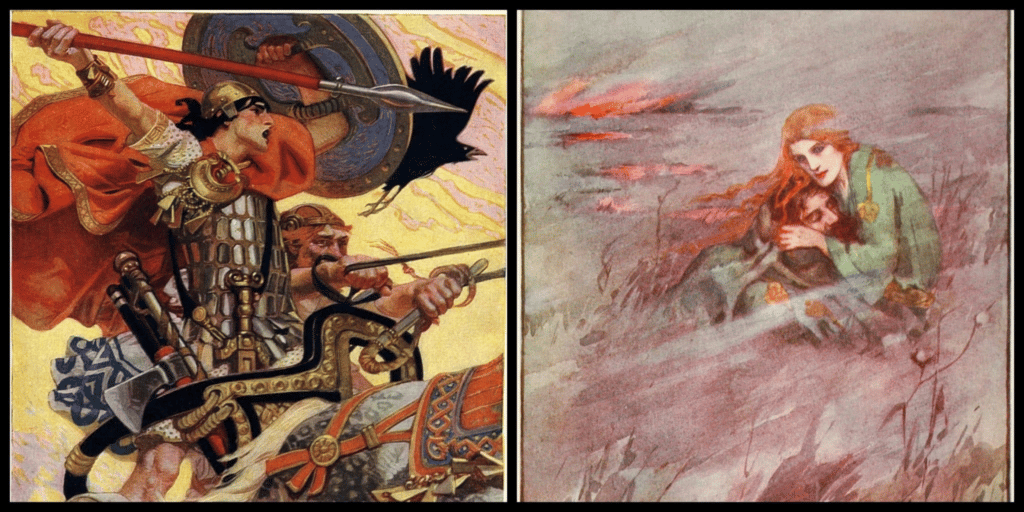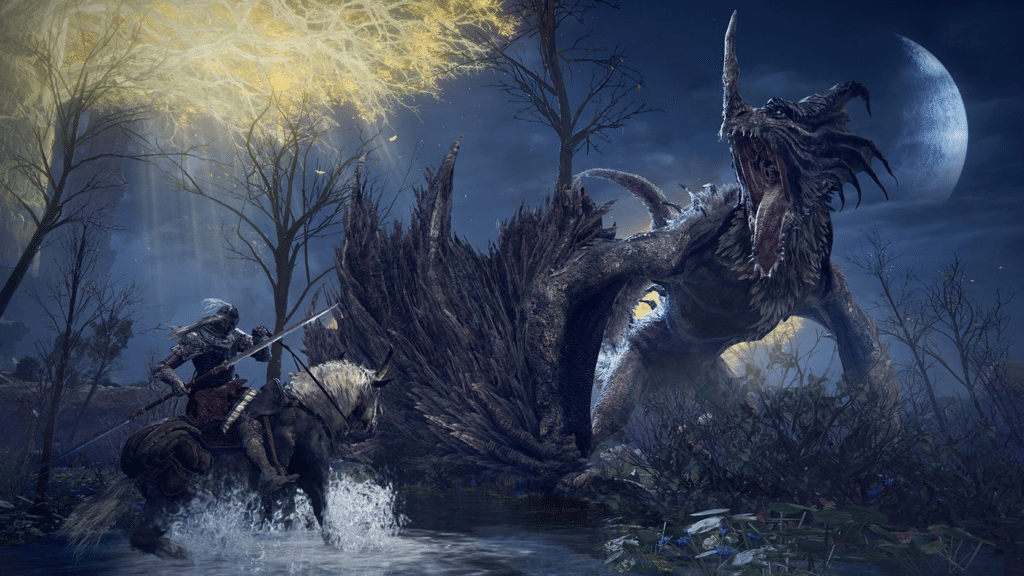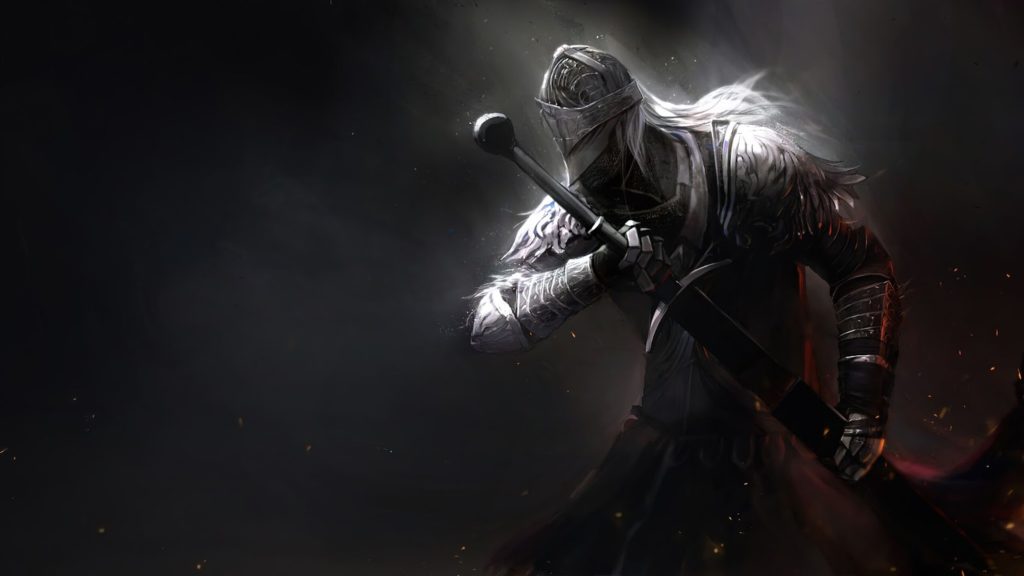Which mythology is Elden Ring based on? Let’s find out!
Elden Ring is a highly compelling title after the Dark Souls series. While it does not seem to match its predecessors, its lore is still worth exploring. Unsurprisingly, the game does not seem to stem from a single culture. Instead, it’s fairer to call it an amalgamation.
Which Mythology Is Elden Ring Based On?
Elden Ring’s lore has its roots in Irish culture. It has mainly used Irish Mythology as its basis and expanded into English culture and Norse Mythology. Despite the game being so historically rich, you won’t be finding many references in-game.
Unsurprisingly, Elden Ring also takes some notes from the Emerald Isle’s folklore while resembling Irish Myth as closely as possible.
In this guide, we will break down the mythologies related to Elden Ring to see how deep the roots go. With that said, let’s get started!
What Is Irish Mythology?

Irish Mythology has stemmed from the Celtic Mythology that’s widely popular for detailing all of Ireland’s historical glories and legends. This Mythology houses four unique chronological cycles representing different stages of Irish history.
With that said, these chronological cycles are mentioned below:
Mythological Cycle
Starting from the most ancient out of all, the Mythological Cycle caters to the oldest, least preserved pieces of information regarding the history of Ireland. It mainly comprises the stories written down by the 10th-century Irish monks.
Ulster Cycle
The Ulster Cycle is the next stage where the design of the stories shifts from magic to war. While the Ulster Cycles are better preserved than the Mythological one, we are still lacking ancient pieces of information for a lot of Irish fables.
Fenian Cycle
The Fenian Cycle is where the preservation starts to become more refined. You have the fabled Munster, Leinster, and Schotland taking the helm for the incoming stories. While the use of magic from here onwards is extremely little, you will be witnessing the start of the story of the Fish of Knowledge.
King Cycle
The King Cycle comes at the very last while being a mixture of fables related to the 200-475 AD conquests. While the entirety of Ireland was moving away from paganism at this point, you would still find many pagan stories mixed within the plethora of Christianity-based stories and folklore.
How Is Elden Ring Related To Irish Mythology?

As it turns out, specific characters and events in Elden Ring are near-identical to the ones in Irish Mythology. For example. The Elemer of the Briar is similar to the Red Branch Knight found in Elden Ring. Even his sword is similar to Cuchulain’s Cruaidin Catutchenn.
Consequently. The Giants are intended to play the part of Formorians. Since the Tuatha De Danann were the executioners of the Formorians, Godfrey was as well – due to his order of killing the giants issued by Queen Marika.
Who Is The Tarnished?

The storyline of Elden Ring seems to follow in the footsteps of Milesians of Irish history. Therefore, it’s fair to assume that the Tarnished we all love playing is also a depiction of the said character.
The Milesians and the Tarnished have far too much in common to just rub it off as mere coincidences. Everything from the site of grace to Milesians’ landing in Spain seems to be interconnected like a cognitive spider web.
Conclusion
In essence, Elden Ring is an amalgamation of the many stories present in Irish Mythology. However, it has a unique identity that protrudes from the Irish umbrella. Needless to say, Elden Ring is a game that manages to bring all of these elements together in perfect harmony.
Looking for more Elden Ring guides? Here’s some more:
- Dead Maiden Locations in Elden Ring
- Elden Ring Soft Caps
- Elden Ring Areas By Level
- Elden Ring: Why is Uchigatana so Good?
- Elden Ring: Fun Off-Meta Builds to Try Out
Elden Ring is available to play on Steam here.
